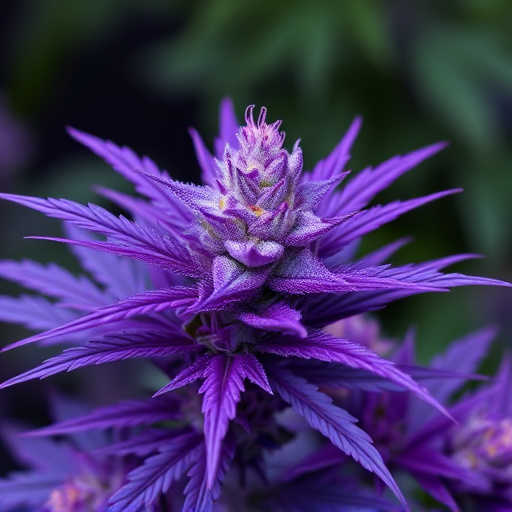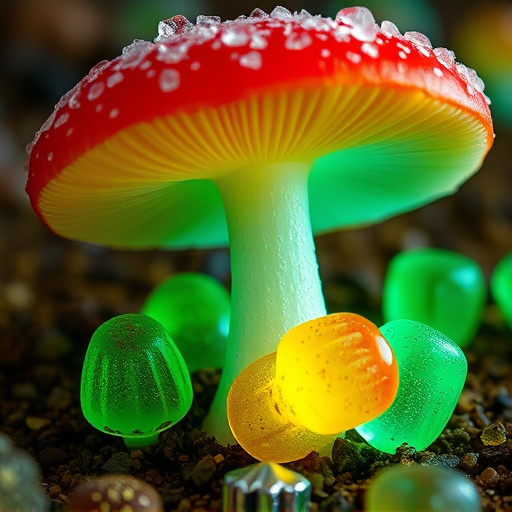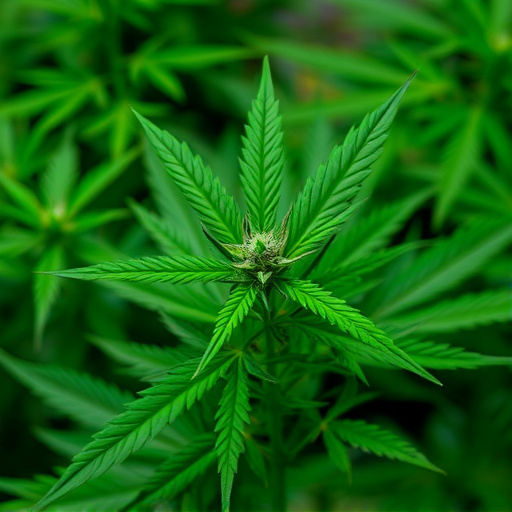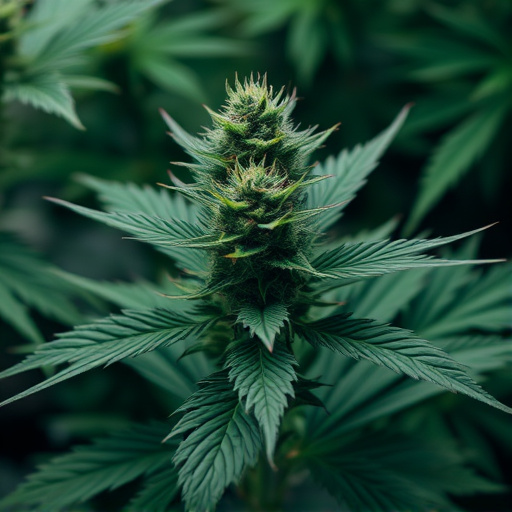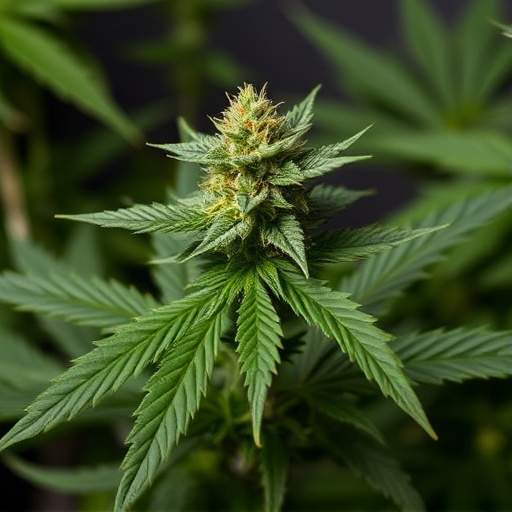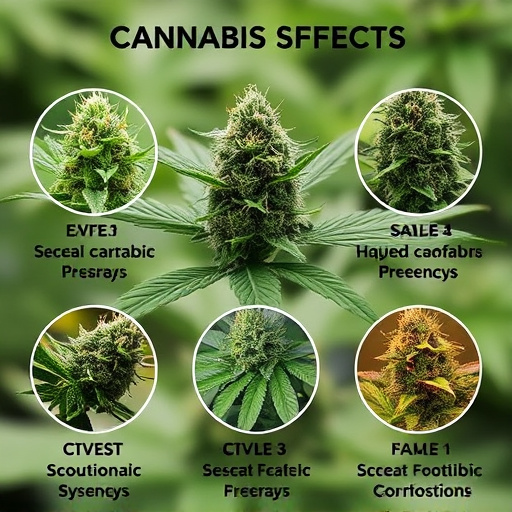Cannabis metabolism and elimination are complex processes influenced by strain composition and consumption method. THC, with a long half-life, can remain detectable for up to 30 days. High-THC strains and edibles typically result in longer detection periods compared to smoking or vaping. Detoxifying from cannabis involves passive waiting (24-72 hour half-life) combined with active methods like hydration, exercise, diet, and supplements, though no rapid fix exists. Maintaining healthy habits is key.
Discover how long cannabis remains detectable in your system. This article breaks down the science behind cannabis metabolism and elimination, exploring factors influencing detection time, including strain effects. Learn about proven detoxification methods and timelines, offering valuable insights for those seeking to understand their post-use drug test risks. Optimize your knowledge on cannabis strains’ impacts on retention periods for informed decision-making.
- Understanding Cannabis Metabolism and Elimination
- Factors Affecting Cannabinoid Detection Time
- Detoxification Methods and Timelines for Cannabis Use
Understanding Cannabis Metabolism and Elimination
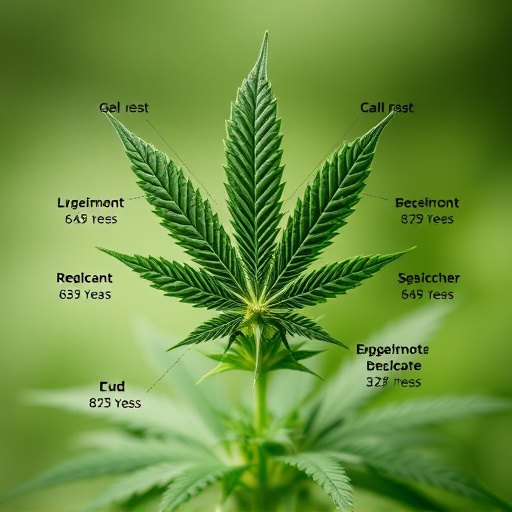
Cannabis metabolism refers to how your body processes the active compounds found in different cannabis strains, while elimination is the process through which these compounds are eventually removed from your system. THC (Tetrahydrocannabinol), the primary psychoactive compound responsible for marijuana’s effects, has a relatively long half-life compared to many other substances. This means it takes time for your body to metabolize and excrete THC. On average, THC can remain detectable in your urine for up to 30 days after consumption, though this timeline can vary based on factors like frequency of use, metabolism, and the potency of the cannabis strains consumed.
The body’s elimination of THC primarily occurs through metabolism in the liver, where enzymes break it down into various metabolites, with the most significant being 11-OH-THC. This metabolite is also psychoactive, contributing to the “high” feeling associated with cannabis use. The time it takes for THC and its metabolites to clear your system can impact factors like drug testing results and individual effects experienced from different cannabis strains. Understanding this complex process is essential for those considering the potential impacts of cannabis consumption on their health and lifestyle.
Factors Affecting Cannabinoid Detection Time
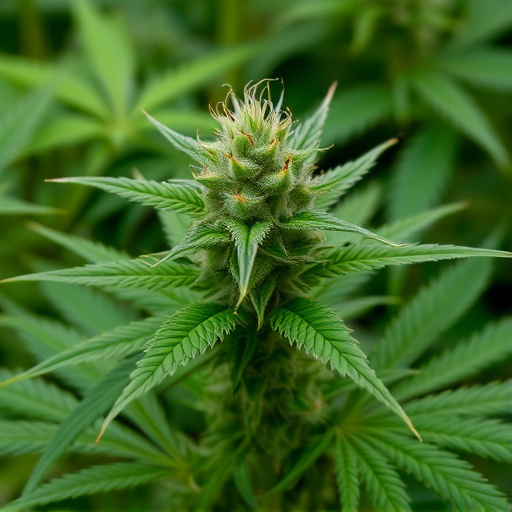
Several factors influence how long cannabis remains detectable in your system, including the type or cannabis strain used and the method of consumption. Different strains have varying levels of cannabinoids like THC (tetrahydrocannabinol) and CBD (cannabidiol), which are the primary compounds responsible for getting detected. For example, high-THC strains tend to produce longer detection times due to the more potent effects of THC on the body and its slower metabolism.
The way cannabis is consumed also plays a role. Edibles, for instance, take longer to show effects and can result in detectable cannabinoids in the system for up to several days or even weeks, as the body metabolizes them differently than smoked or vaporized cannabis. In contrast, smoking or vaping may lead to shorter detection times, often ranging from 24 hours to a few days, depending on frequency of use, tolerance levels, and individual metabolism.
Detoxification Methods and Timelines for Cannabis Use
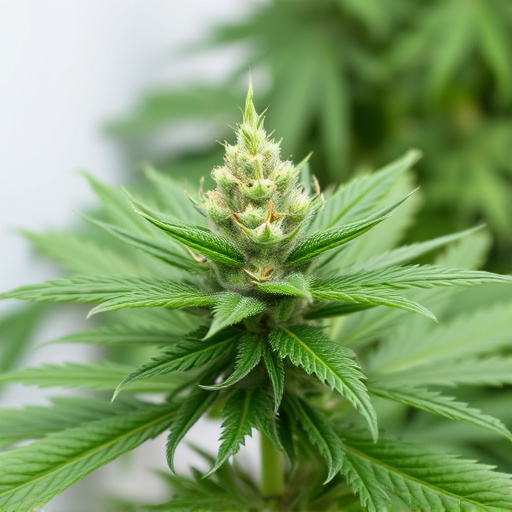
Detoxifying your system after cannabis use involves several methods, and the timeline can vary based on factors like frequency of use, tolerance levels, and metabolism. One common approach is to allow time for the substance to naturally leave your system. Cannabis has a relatively long half-life, ranging from 24 to 72 hours, meaning it takes that amount of time for the concentration in your body to reduce by half. This means that even after you stop using, trace amounts can still be detected for several days or even weeks.
There are also active detoxification methods aimed at expediting the process. These include increasing hydration and water intake to aid in flushing out the substance, engaging in regular physical activity to promote metabolism and elimination, and supporting overall liver health with a balanced diet rich in vitamins and minerals. Some people also opt for detox kits or supplements that claim to speed up cannabis removal from the body, though their effectiveness is varied and often not backed by scientific research. The most reliable method remains consistent healthy habits alongside time, as there’s no rapid fix for removing cannabis strains effects entirely from your system.
Cannabis metabolism varies among individuals, with factors like tolerance, frequency of use, and strain type influencing detection times. While short-term use may result in detectable cannabinoids within days, chronic users can expect longer residences, sometimes exceeding 90 days. Understanding these variations is key to managing cannabis’s effects and timing. Implement detox methods like increased hydration, regular exercise, and a balanced diet to expedite elimination. Remember, responsible cannabis use involves awareness of its lasting impact on your system.
